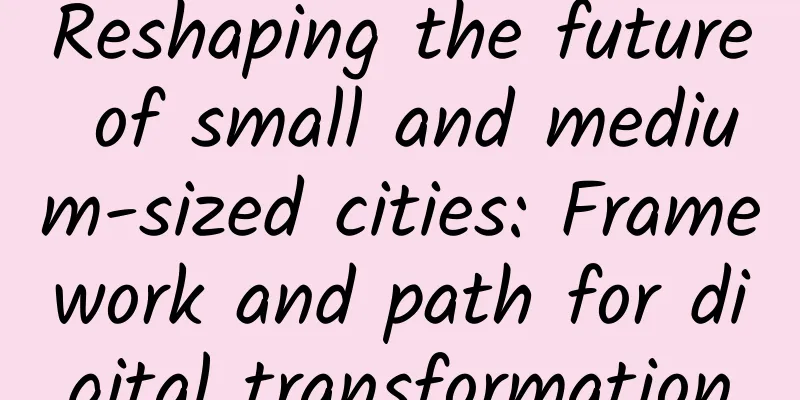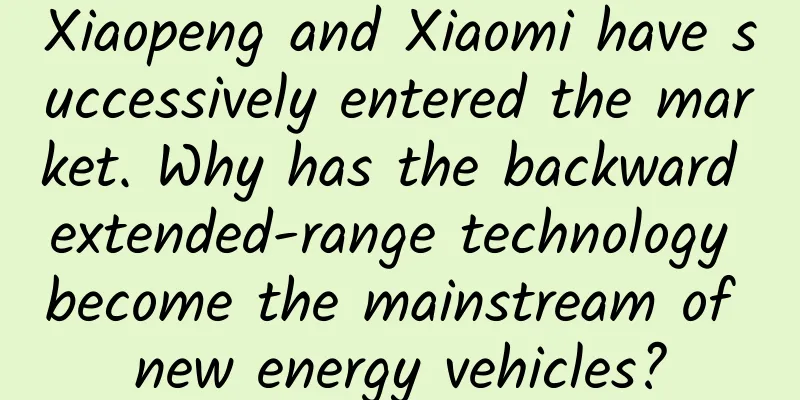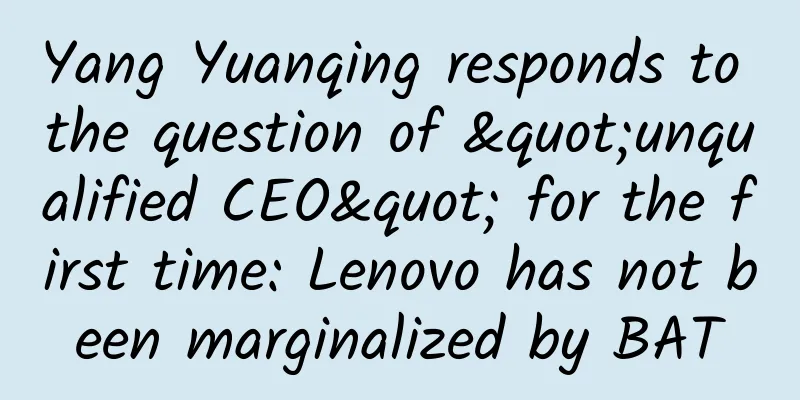Reshaping the future of small and medium-sized cities: Framework and path for digital transformation

|
The insight report "Reshaping the Future of Small and Medium-sized Cities: Framework and Path for Digital Transformation" (hereinafter referred to as the report) was officially released on May 9, 2022. This is the result of 10 months of research by the World Economic Forum and Tencent Research Institute . It is also the first time that the World Economic Forum and the G20 Global Smart Cities Alliance have focused on the topic of digital transformation of small and medium-sized cities around the world. Report Summary Through research and interviews, the report analyzes the challenges, needs and concerns faced by small and medium-sized cities in China, Japan, Brazil and other countries in digital transformation, proposes a methodological reference model for the digital transformation of small and medium-sized cities, provides reference cases in China and Japan, and puts forward action recommendations for various stakeholders in the city. –The challenges of digital transformation in small and medium-sized cities are mainly reflected in the following aspects: lack of digital talents, insufficient funds and resources, lack of understanding and application of digital technology, lack of interaction and cooperation mechanisms among cities, etc. – The digital transformation of small and medium-sized cities should adopt a combination of “commonalities + characteristics”. In addition, the differences between small and medium-sized cities and large cities should be taken into consideration in the planning and promotion of the digital transformation of small and medium-sized cities. – The digital transformation of small and medium-sized cities can be divided into seven areas: people’s livelihood and services, industry and economy, governance and operation, environment and low carbon, government effectiveness, infrastructure, and development guarantee (leadership / policy) . Each area can be divided into three maturity levels. In specific planning and implementation, small and medium-sized cities can combine their respective resource endowments, industrial characteristics and development goals, and refer to the methodological panorama of the digital transformation of small and medium-sized cities - that is, the key feature matrix of digital transformation in seven functional areas in three stages ( 7*3 matrix) , to propose their own digital transformation entry points and paths. – To achieve digital transformation in small and medium-sized cities, governments, businesses, research institutions and citizens need to work in a coordinated and joint manner. The PDF version will be shared on 199IT Knowledge Planet, just scan the QR code below! |
>>: ClubIntel: The impact of Generation Y and Generation Z on the fitness industry
Recommend
Is the customization cost of Puyang automatic printing mini program high? Puyang automatic printing applet customization cost and process
More and more businesses are paying attention to ...
When Ideal executives beat up Shanhaijing-style self-development, the industry's desire for technology premium has become unbearable
The day before yesterday, Ideal Auto executive “O...
Xiaohongshu promotion: Xiaohongshu user growth methodology!
Let me first talk about my own achievements: I cr...
【Brother Zhao】The Secret of Speculative Capital Enlightenment - The Key to Short-term Stock Selection
【Brother Zhao】The Secret of Speculative Capital E...
How come I forget what I just wanted to do?
Have you ever had this experience: you are on the...
“The sky is vast, the wilderness is boundless”, what important role does agriculture and animal husbandry play in the sea?
When it comes to ranches, everyone will think of ...
How to build a user growth system with the help of distribution methods?
Since 2018, fission, viral marketing and distribu...
How to promote a newly launched App? A complete guide to starting an app promotion
In recent years, mobile Internet has been at the ...
Acne-prone skin! Are acne patches just a waste of money or a magical tool? ?
Eating hotpot, drinking milk tea, staying up late...
Somewhere in China, 2,400 meters underground, humans are waiting for a moment to happen, and the result may subvert cognition
"Our day is the other half's night, our ...
Keep Product Analysis Report
As people pay more and more attention to health a...
CCTV exposed, MIIT released the list! Personal information has become a commodity, and cross-border apps are becoming a cancer of informatization
Have you ever encountered App permissions that “c...
Dove chocolate advertisement, brand planning case analysis
Dove chocolate is one of the series of products l...
The process from drainage to fission growth
Nowadays, the whole world is experiencing the sta...
A century-old institution that was shut down in disgrace, and the silent demise of a group of scholars
Herbarium, as the name suggests, is a place to co...









